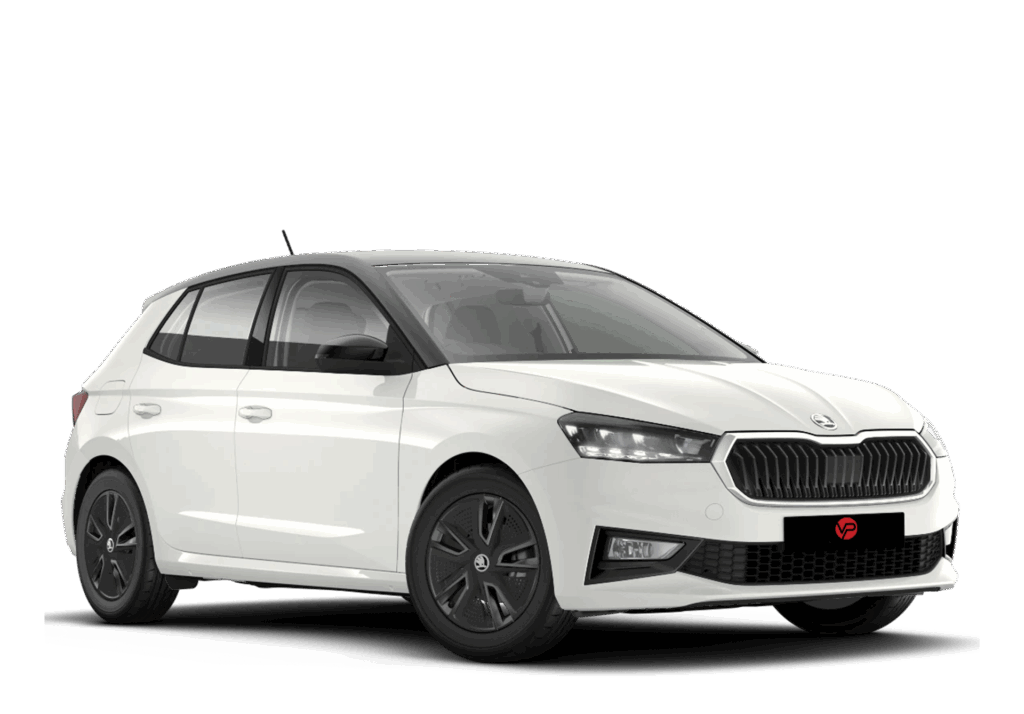For most bodyshops and accident repair centres, providing courtesy vehicles is a necessity, not a luxury. Customers expect a solution to stay mobile while their car is off the road, (and insurers often require it). The issue is that there’s a cost that eats into your margins every day: fuel and running costs.
With average UK petrol prices hovering around £1.50 per litre in 2025, even a small hatchback covering 15,000 miles a year can cost over £3,000 annually in fuel alone. Multiply that across a fleet, and it’s clear why choosing the right vehicles – and managing them well – is critical for profitability.
The True Impact of Fuel Costs
Fuel efficiency directly affects your bottom line in three ways:
- Direct spend – Fuel is one of the largest variable costs. A vehicle averaging 40 mpg will use about 1,700 litres per year over 15,000 miles, costing £2,550. A more efficient 55 mpg car would need just 1,240 litres, costing £1,860 – that’s nearly £700 saved per vehicle per year.
- Volatility – When fuel prices suddenly spike, inefficient vehicles magnify the problem. Diesel rose by nearly 25p per litre back in 2022, showing how quickly costs can spiral.
- Reputation & demand – Customers increasingly care about emissions and efficiency. Supplying gas-guzzlers when competitors offer hybrids or EVs could harm your image with insurers and drivers alike.
Smarter Vehicle Choices
Selecting the right courtesy vehicles makes a measurable difference. Let’s look at examples from Vehicle Procurements’ range:

Skoda Fabia 1.0 MPI – A compact petrol hatchback with a small engine, offering up to 55 mpg. Low running costs make it ideal for customers in and around the city commuting to their job or running errands.

Citroën Dispatch 1.5 – A practical mid-sized van designed for trade customers, offering around 40–45 mpg depending on the engine. Choosing a capable van like the Dispatch keeps running costs lower than larger panel vans.
How to Keep Fuel Spend Under Control
1. Keep Tabs on Fuel
Track fuel use for each vehicle. Most garages don’t realise which cars are the biggest guzzlers until they check. A simple log of mileage and litres-per-fill can quickly show which vehicles are costing you more than they should.
2. Match the Car to the Job
Don’t just give the customer the nearest car – assign smaller, more efficient cars wherever possible. Reserve hybrids or larger models for customers who genuinely need them.
3. Driver Habits Matter
Research by the Energy Saving Trust shows that eco-driving techniques – smoother acceleration, lower revs, correct tyre pressures etc. can cut fuel consumption by up to 15%. A quick and friendly driver briefing, or information leaflet, when handing over courtesy cars can make a difference.
4. Plan Ahead for Hybrids and EVs
While EVs have higher upfront or lease costs, charging is cheaper: the average EV costs about 6p per mile to run versus 15–20p per mile for petrol. Even adding a handful of hybrids or EVs into your courtesy fleet can future-proof your business and appeal to insurers and your customers.
5. Keep Vehicles Maintained
Under-inflated tyres alone can increase fuel consumption by up to 3%, according to the RAC. Regular servicing ensures vehicles stay efficient and reduces downtime costs.
The Bottom Line
Fuel costs are a silent drain on profitability for UK garages, bodyshops and accident repair centres. With petrol prices volatile and customer expectations rising, optimising your courtesy vehicle fleet could save hundreds of pounds per car each year. Ask us at VP for a free Fleet Review!
In an industry where margins are tight, the right courtesy vehicle strategy isn’t just about service – it’s about survival.

